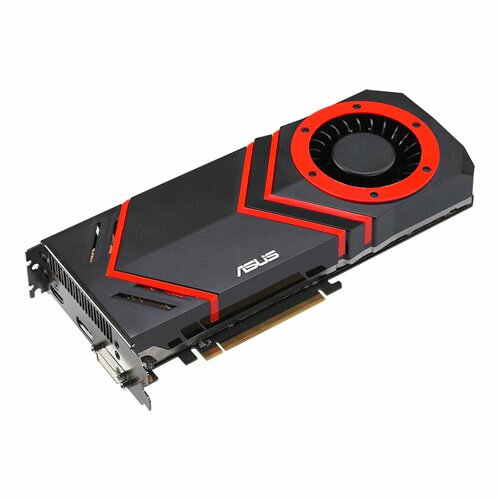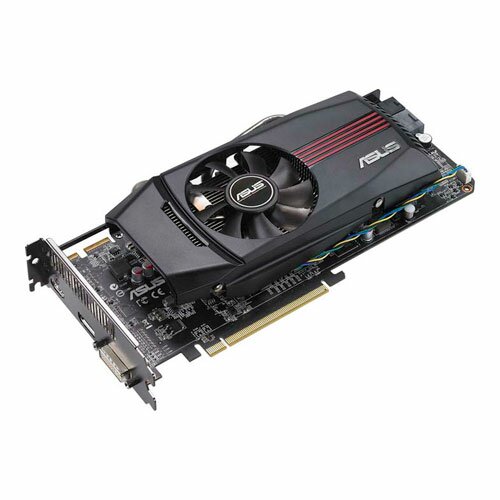When shopping around for a new desktop graphics card, we may come across several technical terms that are used to illustrate the capabilities of the component. These can be confusing and hard to explain, and indeed require a lot of engineering know-how to properly describe.
However, at their core most are very relatable to actual computing we all do with our hardware, so it’s important to understand at least the basics.
Pixel pipelines
Not very likely to be encountered anymore, since most graphics cards made after 2006-2007 no longer use this technology. Pixel pipelines were logic paths built into the graphics processing unit, with each handling tasks such as pixel fill, vertex and texture rendering, or geometry. Pixel pipelines usually had to alternate between these tasks, thus limiting the capabilities of graphics cards. Obviously, the more pixel pipelines a manufacturer managed to operate stably on a card, the better. By 2006, though, this technology was largely superseded.
Shaders
These took over from traditional pixel pipeline architecture with the increasing rise and sophistication of programming toolsets like DirectX. Even more “logic”, or software, driven than straight pixel pipelines, shaders also handle pixel, vertex and geometry operations, with each shader initially dedicated to one of these. Note shaders are not physical processing components of a graphics card, they are software routines based on the potential of a GPU, so the more powerful the card, the more shaders can it sustain, and hence the more graphics it can push.
There term unified or universal shader refers to a refinement of the shader concept. These are, as the name suggests, an amalgamation of the three major roles shaders undertake, effectively doing pixel, vertex and geometry in one unit.
Texture units
AMD cards often quote the number of these, as well, and for gamers and graphics renderers, the provided figure should be meaningful. Texture units are logic processors dedicated to handling texture fill on top of any other available processing unit, so they speed up texture work whenever available. Especially useful in games using extensive hi-res textures.
Stream processors
Currently, this is the term most frequently quoted for both NVIDIA and AMD graphics card reference designs. It’s an evolution of the shader model, and also as indicated in the name, refers to a flow of processing very much catering to parallel operations aimed at turning the GPU into a general processing unit. Stream processors are also defined by software and rely on the strength of the hardware to determine their abilities. The stronger the GPU, the more stream processors we get. They are the most easily programmable, so each stream processor can not only do the above mentioned graphics-related tasks, it can also take on general processing duties. Stream processors work in fast sequence and in tandem with the CPU, which is why they’ve become favored by all major manufacturers, who are turning increasingly to technologies like NVIDIA CUDA and AMD/ATI Stream to enable parallel computing. Note NVIDIA now sometimes calls stream processors “CUDA cores”.
The base rule for all of these is simple – the more the merrier. This is why dual GPU models like the EAH5970 and ARES can claim astounding stream processor counts like 3200 or more, since they literally have two GPUs on one board. While they are extremely well suited to gaming, these beefy cards may not have too much advantage over more mainstream models like the EAH5850, which is more than adequate for general household computing and entertainment, as well as mid-range gaming.


